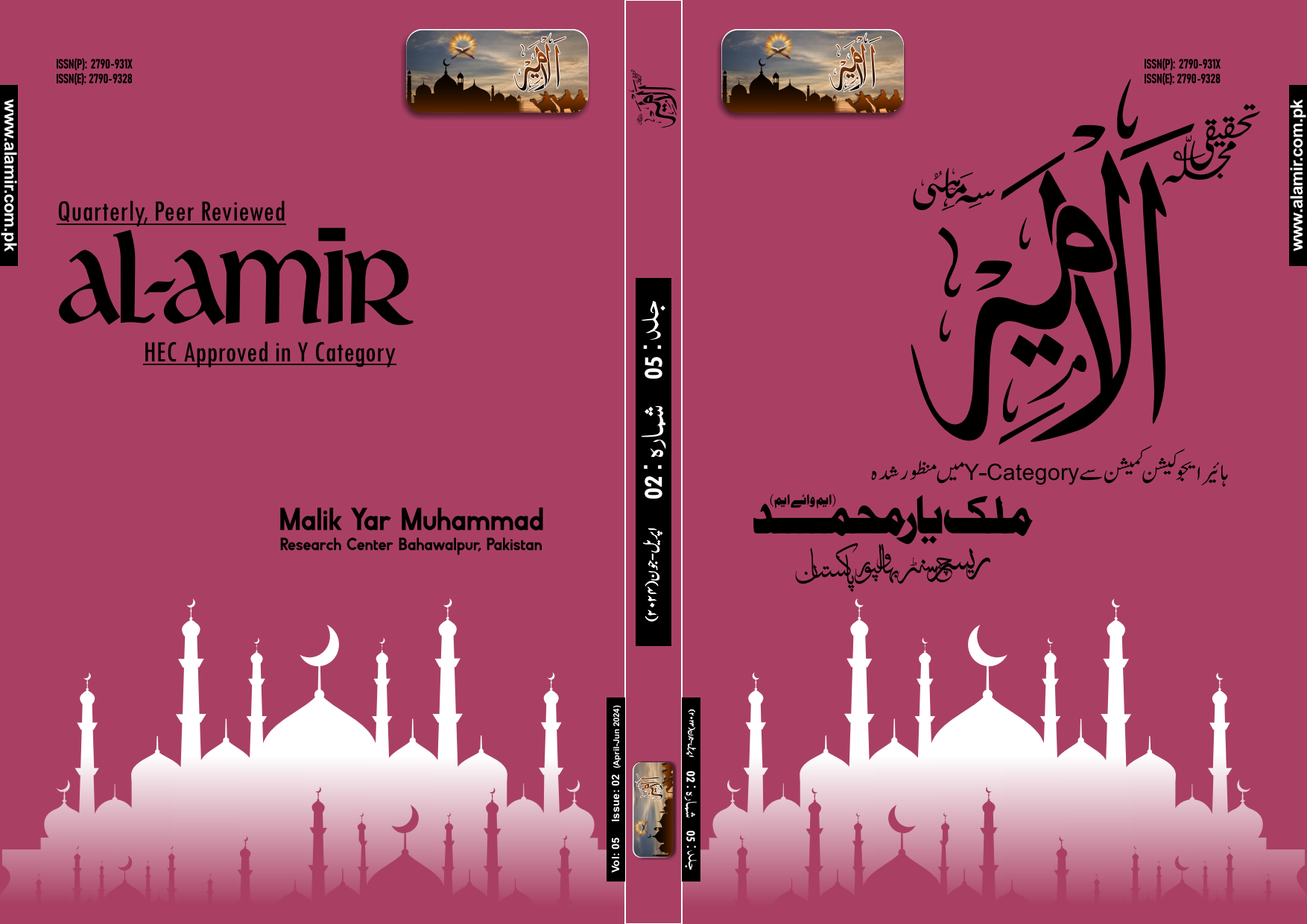سعید حویٰ کانظریہ وحدت موضوعی: تنقیدی جائزہ
A Critical Examination of Saeed Hawwa’s Concept of Thematic Unity in Qur’an
Abstract
Saeed Hawwa made a profound contribution to Quranic studies in the 20th century by formulating a detailed theory of Quranic coherence, which he applied in his eleven-volume commentary, Tafsir al-Asas fi al-Tafseer. This article critically examines Hawwa's theory and its practical implementation, highlighting the following findings:
Sheikh Hawwa divided the Quran into 144 sections, emphasizing lexical and semantic coherence within these divisions. His classification includes:
Surah Al-Fatiha: One group with 24 subgroups.
Surah Al-Baqara: 11 groups comprising 24 chapters.
Four main categories encompassing 112 chapters distributed across the groups.
Hawwa utilized the openings of surahs and the number of verses to define these divisions and their thematic unity. However, this approach is often not grounded in robust methodological foundations. Additionally, while he explains the coherence of certain sections in relation to the central theme of Surah Al-Baqara, he inconsistently addresses the unity of the four main categories and their 24 subgroups, occasionally omitting explanations altogether. Despite these limitations, he attempts to present an overarching unity of the Quran. However, his arguments and methodological bases are not always compelling.
Keywords: Quranic Thematic Unity, Al-Asas fi al-Tafseer, Categories, Lexical Coherence, Semantic Analysis, Critical Evaluation.
Views & Downloads Stats:
Downloads
Published
How to Cite
Issue
Section
License
Copyright (c) 2024 Dr. Muhammad Zakir Hashmi, Dr. Faryal Umbreen, Raheela Imtiaz

This work is licensed under a Creative Commons Attribution-ShareAlike 4.0 International License.








